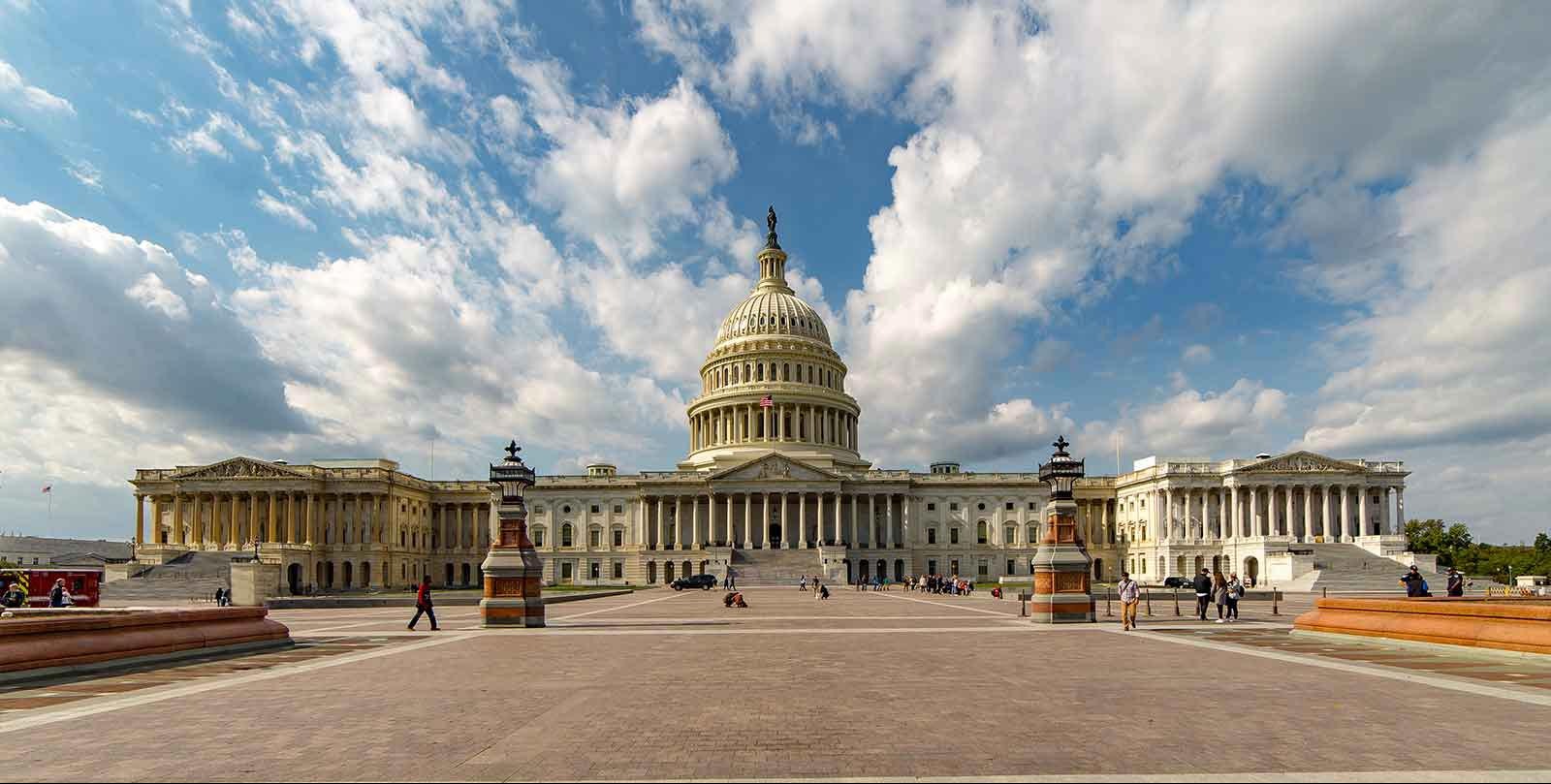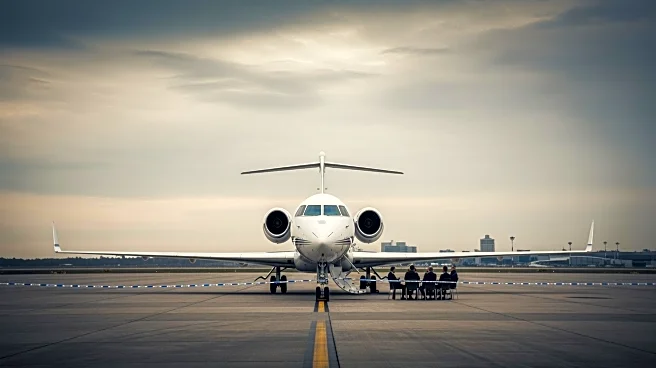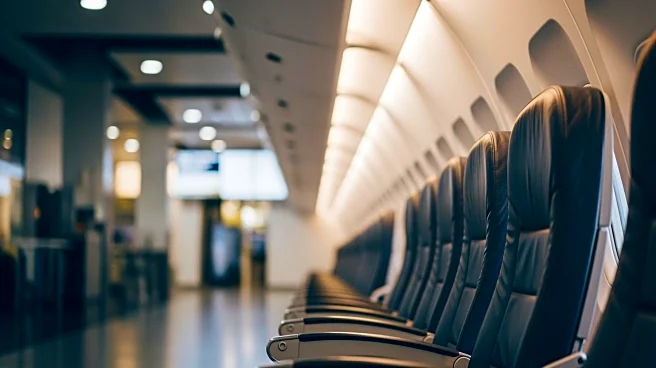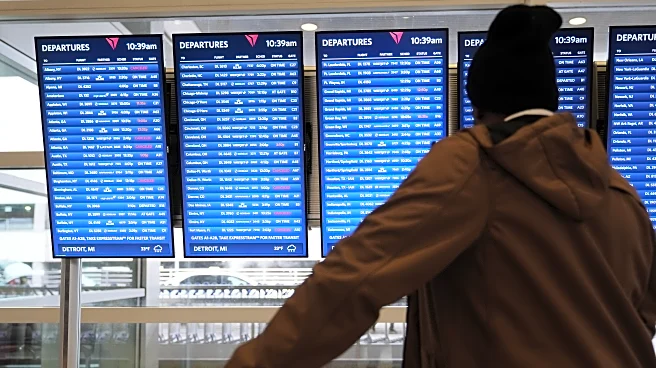WASHINGTON (AP) — Flight reductions at 40 major U.S. airports will remain at 6% instead of rising to 10% by the end of the week because more air traffic controllers are coming to work, the Department of Transportation
and the Federal Aviation Administration announced Wednesday.
The agencies said the decision follows recommendations from the FAA’s safety team, after a “rapid decline” in controller callouts. The flight disruptions were implemented during the government shutdown, the longest in history.
The 6% limit will stay in place while officials assess whether the air traffic system can safely return to normal operations, the agencies said.
Transportation Secretary Sean Duffy and FAA Administrator Bryan Bedford said safety remains their top priority and that all decisions will be guided by data.
Since Friday the restrictions took effect last Friday, more than 10,100 flights have been canceled, according to the flight tracking site FlightAware. The FAA originally planned to ramp up flight cuts from 4% to 10% of flights at the 40 airports.
The FAA said that worrisome safety data showed flight reductions were needed to ease pressure on the aviation system and help manage worsening staffing shortages at its air traffic control facilities as the shutdown entered its second month and flight disruptions began to pile up.
Unpaid for more than a month, some air traffic controllers have begun calling out of work, citing stress and the need to take on second jobs — leaving more control towers and facilities short-staffed.
The FAA’s list of 40 airports spans more than two dozen states and includes large hubs such as New York, Atlanta, Los Angeles and Chicago. The order requires all commercial airlines to make cuts at those airports.
The agency on Monday also closed a dozen of the airports to private planes and chartered aircraft.












